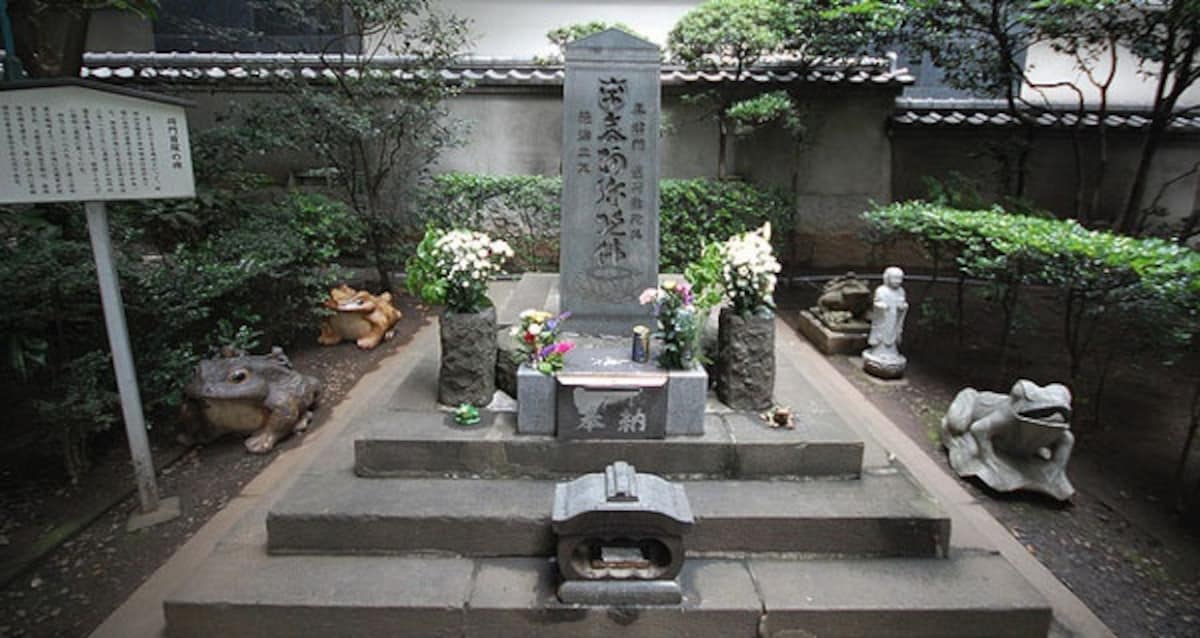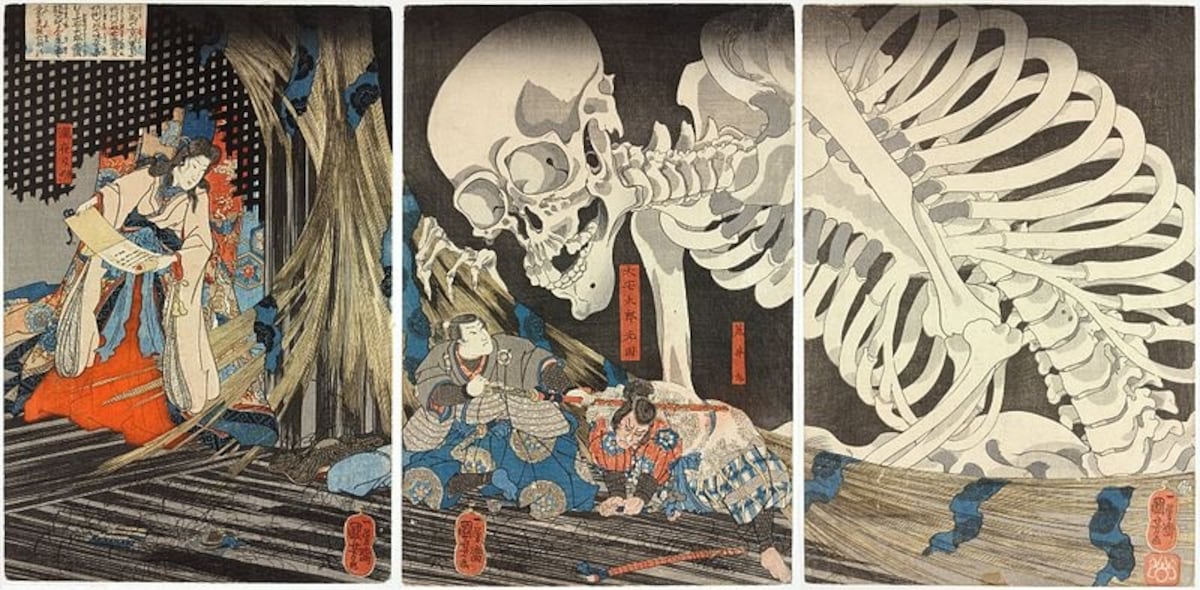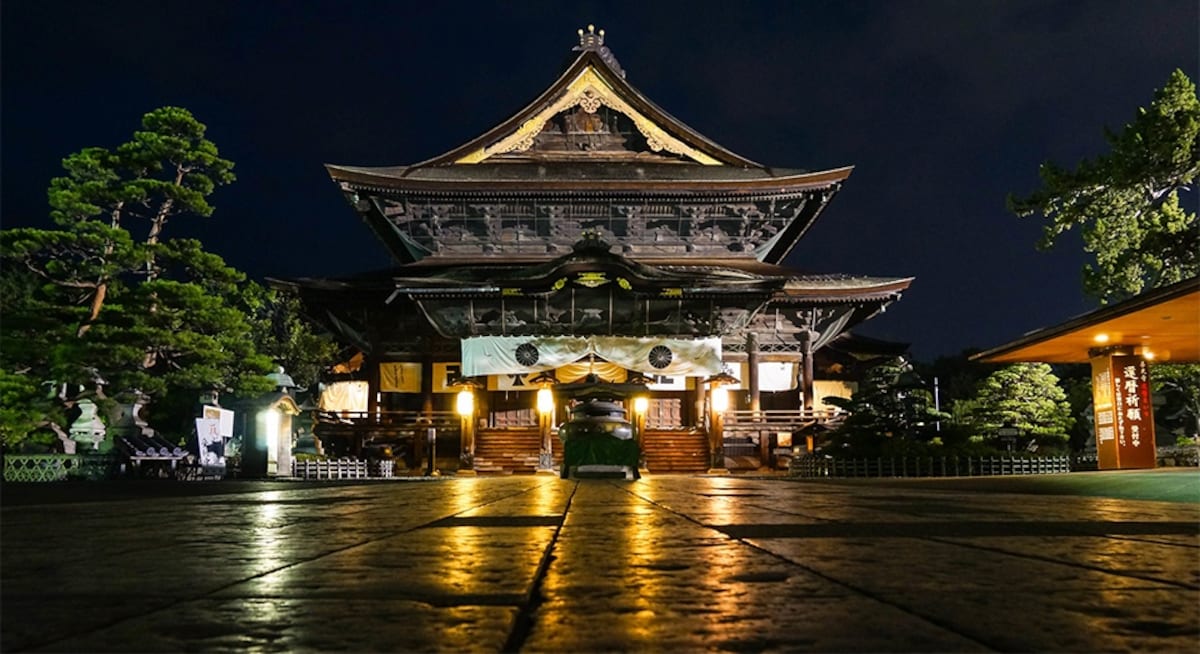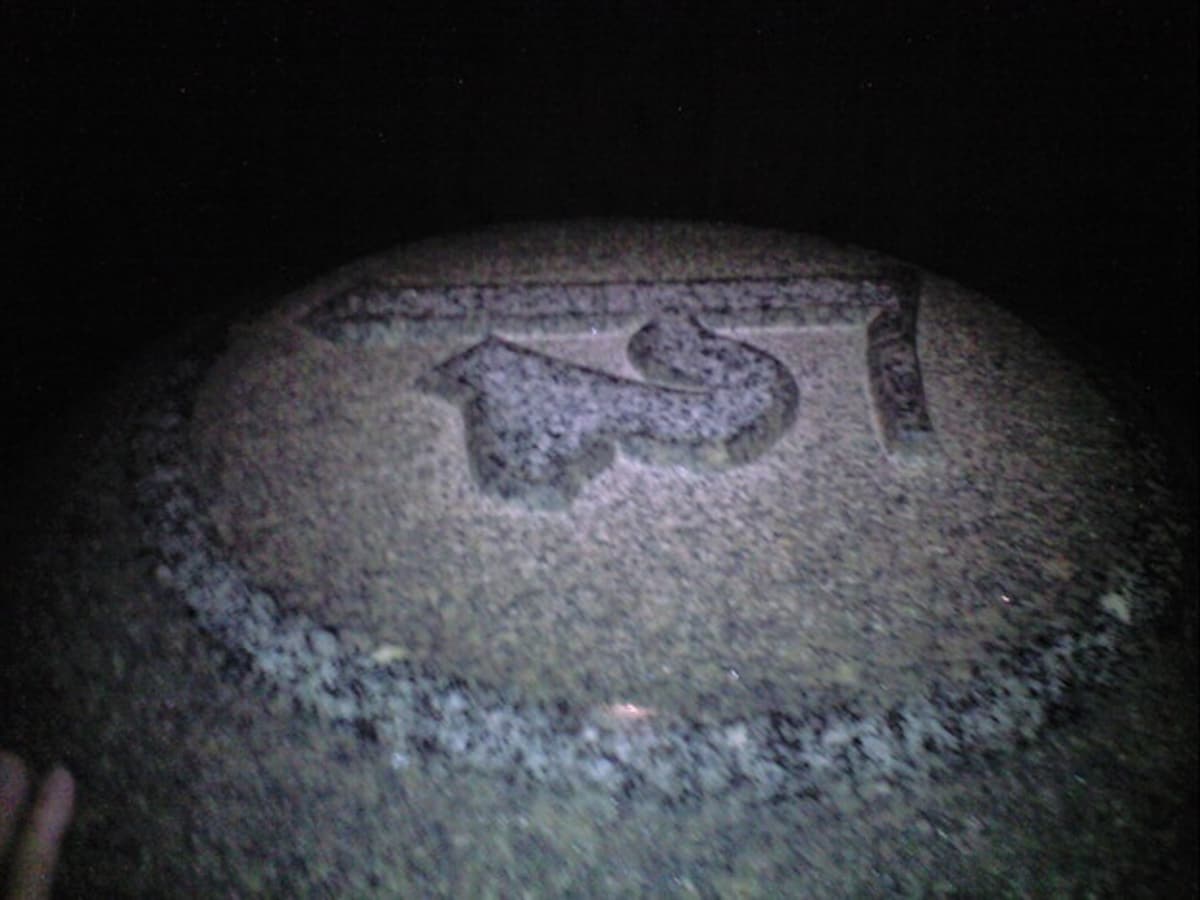Japan's 8 Creepiest Shrines & Temples
Like all places of worship, most temples and shrines will bring you a sense of harmony and peace. However, just as it happens in other religious traditions, some also come with their share of creepy stories. Here at All About Japan we selected some of the most famous, mysterious and creepy stories surrounding Japanese temples and shrines.
By Diletta Fabiani8. Sogenji Temple (Tokyo)
If you’re familiar with Japanese mythology and folklore, you surely know about the kappa. According to the Shintoist tradition, they're part of the water deity family, mischievous creatures who inhabit ponds and rivers and are generally prone to pranks. Kappa are the size of a child, and have a humanoid appearance, scaly reptilian skin, webbed hands and feet, a beak, a shell, and a flat, hairless region on the top of their heads that must be always kept wet in order for the kappa to keep its powers.
If you’ve never seen a kappa but you always wanted to, Sogenji Temple, also known as Kappa-dera, can meet your needs. This temple was built on Kappabashi Shopping Street in Tokyo: as the name (meaning Kappa Bridge) suggests, the place was supposedly so full of kappa that the local inhabitants built the temple in order to appease them. If you go past the offertory cucumber (cucumbers are said to be the kappa’s favorite food), you'll be able to see a "real" mummified kappa arm within.
7. Taira no Masakado Kubizuka (Tokyo)
The Masakado ghost is probably one of the best-known creepy legends surrounding Tokyo temples and shrines. While his story is quite fascinating, it’s also long, so here’s a summary: Taira no Masakado (903?-940) was a local warlord who tried to defy the imperial authority by establishing its own independent kingdom—something the emperor clearly didn’t take very well, as Masakado was shot between his eyes with an arrow and decapitated, his head used as a warning to any other warlord with bright ideas.
From here, history becomes legend, with Masakado’s head flying off from its place of display in Kyoto to look for its body, finally crashing down in Tokyo, where it was buried in what's now known as Masakado no Kubizuka—the Mound of Masakado's Head—by terrified citizens. A monument was erected to the head in 1309 after a number of disasters were blamed on the vengeful spirit.
After another 600 years of peaceful sleep, Masakado was disturbed in 1923, when the Ministry of Finance took the opportunity presented by the Great Kanto Earthquake to do some renovations, including taking down the Masakado mound and building an office in that very spot. Fast forward one year, and 14 employees connected with the project had died, and many more had suffered injuries to their legs and feet. Eventually, the office project was discarded, and a new stone monument was built to appease the angry spirit—which was still blamed for illnesses in the surrounding office buildings thereafter. If you want to visit this shrine, it’s still there today: a tiny, indelible spot in the metropolitan jungle near Exit C5 of Otemachi Station, by the Mitsui Bussan Building.
Masakado's daughter, Princess Takiyasha, was credited with mystical powers of her own. She can most famously be seen summoning a massive skeleton to frighten the emperor's officials in the ukiyo-e print, Takiyasha the Witch and the Skeleton Specter by Utagawa Kuniyoshi (1798-1861).
6. Zenko-ji Temple (Nagano)
This temple doesn’t host any mummified remains or shrines to appease vengeful spirits, but it has its own creepy charm. Zenko-ji includes a “darkroom” built for spiritual purposes: a pitch black tunnel beneath the main temple where monks have hidden the “Key to Paradise” that you will have to find without using your five senses (and without wearing your shoes). It’s easy to see how this symbolizes a quest for enlightenment, which can be reached only once you let go of your bodily chains and fears. It's believed that if you find the key, you will be granted salvation.
Obviously you won’t be alone in the quest, so be careful not to grab your fellow pilgrims instead of the key! Also, if you're reading this in 2021, this is your chance: a copy of what's said to be the first Buddha statue to be ever brought to Japan will be on display at the temple for a few weeks! The original one is hidden from the public's view, however.
If you haven't had enough of the darkness, you can also find a similar experience in the Tainai-meguri at Kyoto's Kiyomizu-dera (look for it just to the left of the main entrance). In this case, the tunnel represents travel through the womb toward spiritual rebirth. When you find the stone at the end, spin it to make a wish.
5. Higashi Hogan-ji Temple (Kyoto)
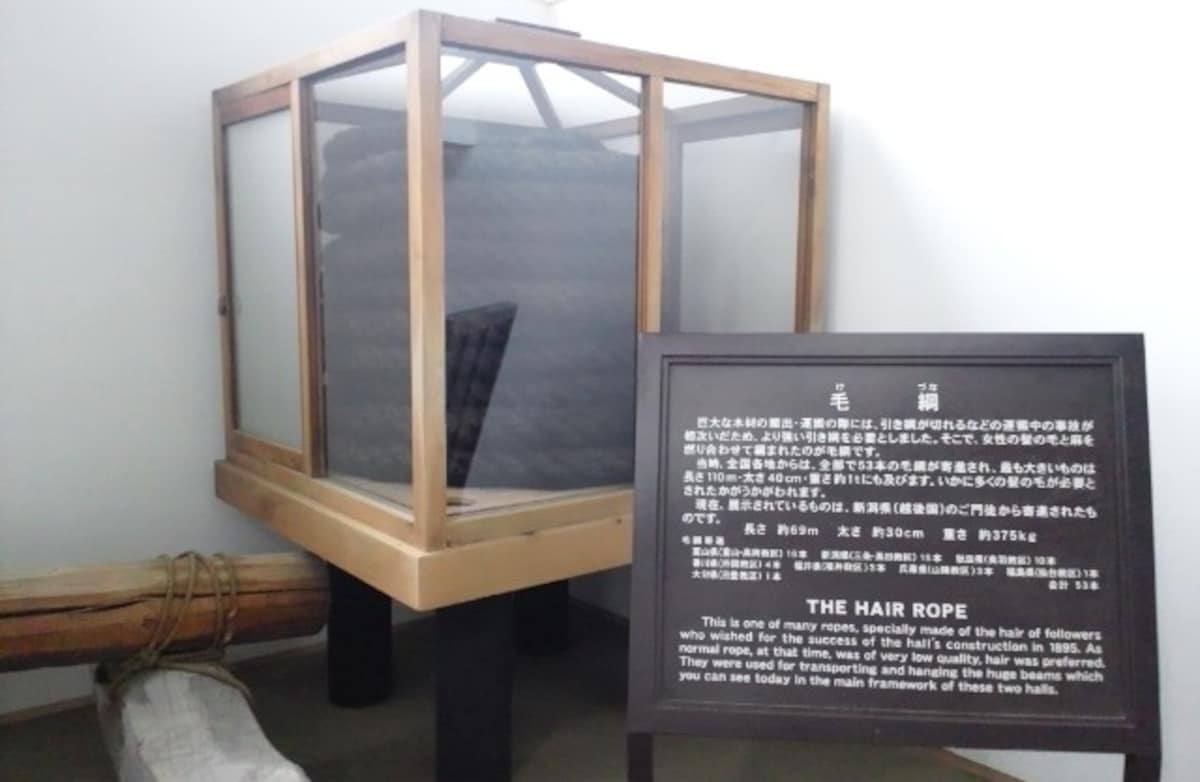
http://geremb.typepad.jp/blog/120604-%E8%A5%BF%E6%9C%AC%E9%A1%98%E5%AF%BA%E6%9D%B1%E6%9C%AC%E9%A1%98%E5%AF%BA/
Once again, no mummies or spirits here, but the temple hosts a peculiar object that attracts tourists from all over the globe.
Built on donated land in Kyoto, the Higashi Hogan-ji complex is one of the largest temples dedicated to one of the various branches of Shin Buddhism, the Otani-ha branch of Jodo Shinsu. This wooden temple has been destroyed by fire on numerous occasions throughout its long history. When it was rebuilt in its current state in 1895, the workers thought it was impossible to find a rope strong enough to move the large wooden columns necessary to create the Founder’s Hall (the largest wooden structure in Kyoto) and the Amida Hall. But then the worshipers had a brilliant idea: Ropes were made out of human hair mixed with hemp, and devotees from all over the world donated what they could to the cause. They did the trick.
While the temple is worth seeing by itself for its beauty and its gardens, some of the human hair ropes are still on display to this day.
Things get properly gruesome on the next page. Be forewarned.




